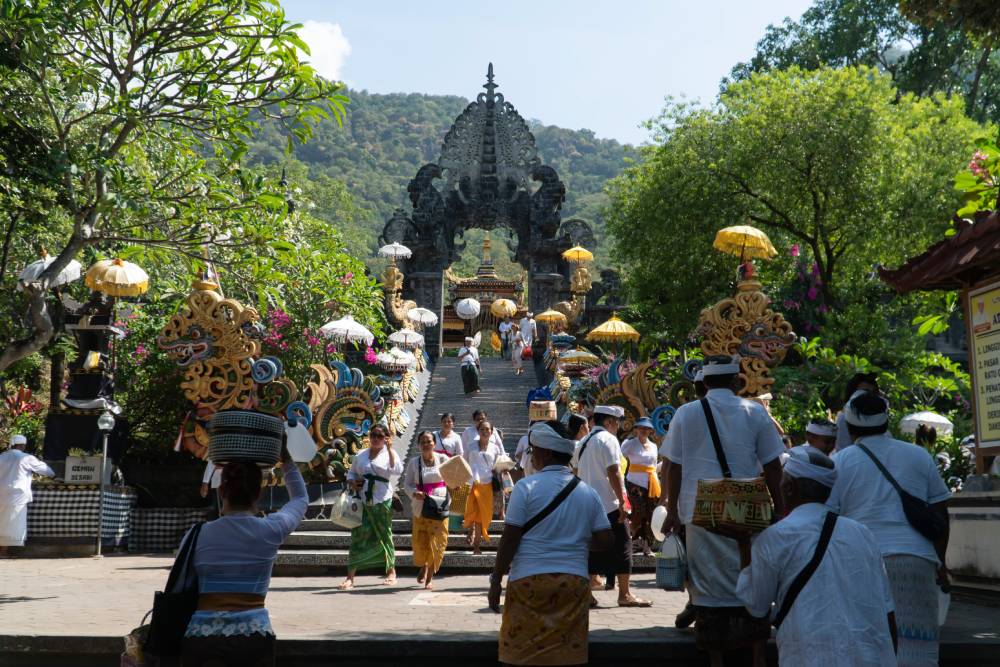
An impressive stairway, lined by vibrant carvings of mythical dragons, marks the entrance to this important temple, found on the dusty mountainsides of Buleleng Regency, north Bali. As a kahyangan jagat, or universal temple, Pura Melanting is visited by all Balinese Hindus, especially those in search of success in business.
The history of this temple spans back to the 16th century and is closely tied to the legendary travelling Hindu priest, Dang Hyang Nirartha — though he is not the protagonist of this story! It was he that was said to have brought the traditions of the Brahmana priestly caste to the island, as well as introduced the padmasana shrine into all temples across the island. He came in 1537, sent to council the king of Bali at the time, Dalem Baturenggong, sat upon the throne of the Gelgel Kingdom.
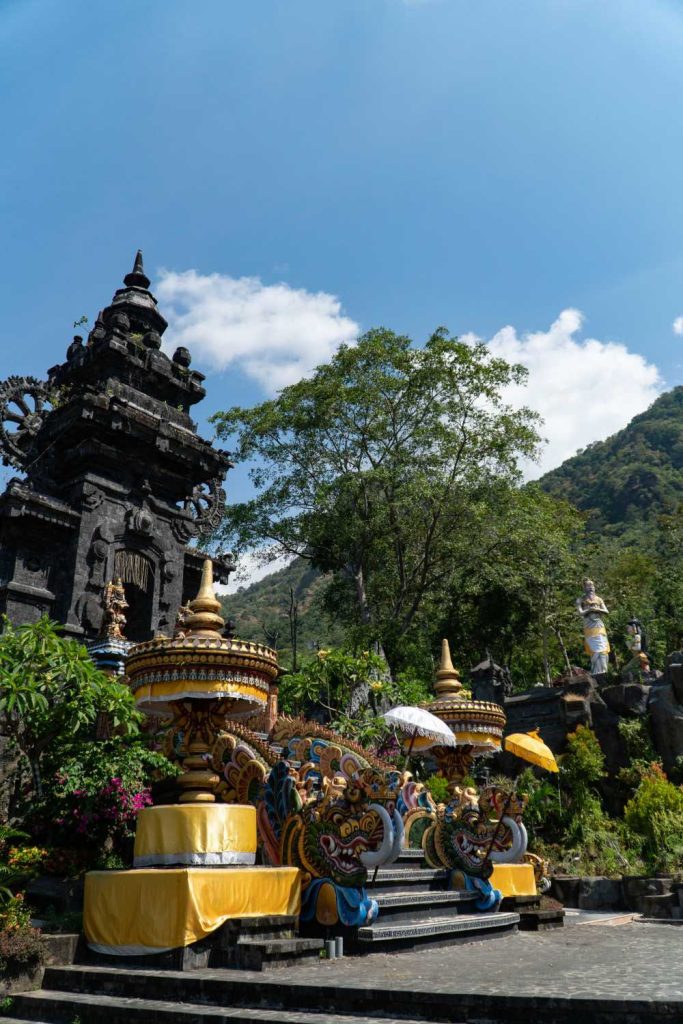
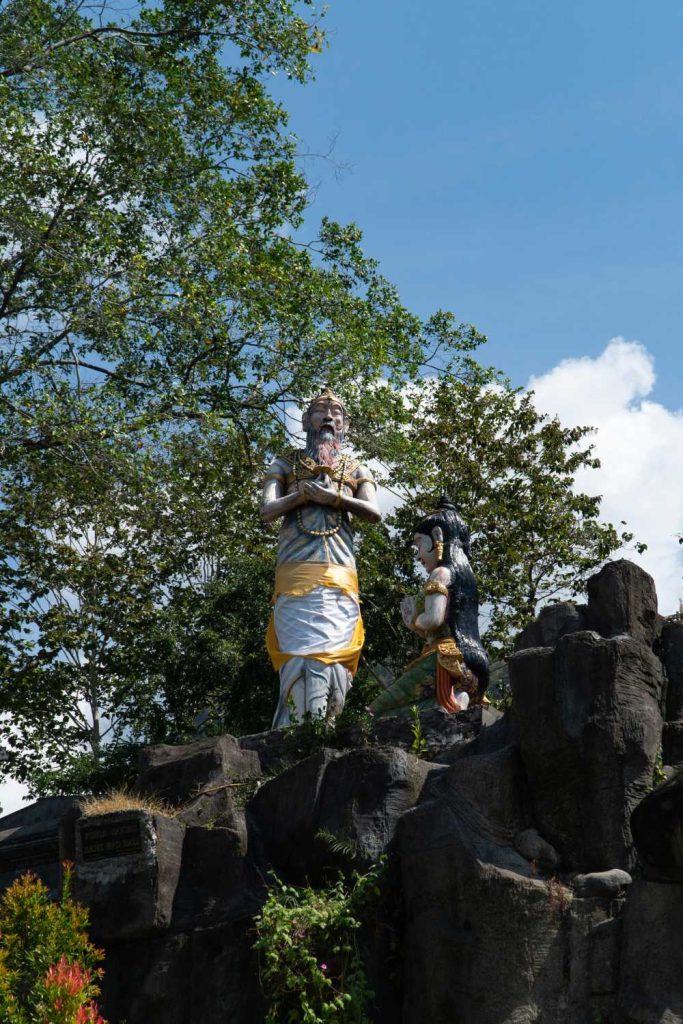
Nirartha landed on Bali’s southwest shores, in Perancak to be exact, with his family and followers. He was set to make his way east to the centre of the Gelgel Kingdom, in the regency we know now as Klungkung.
Upon their journey, as they passed the rolling hills of north Bali, the priest’s wife, Danghyang Biyang Patni Keniten, grew exhausted. She was heavily pregnant with swollen and aching legs, she could journey no more. Bound to his duty, Nirartha decided to continue to Gelgel, leaving his wife with some servants, followers and his daughter, Ida Ayu Swabawa. He said that upon his arrival at the kingdom, he would send an envoy to guide them.
And so, Danghyang Biyang and Ida Ayu Swabawa prepared a new encampment to await the priest’s return. They interacted with the local community: Biyang was said to be knowledgeable and shared her wisdom with all who came. So much so that she built a following of listeners. Time passed, and she gave birth to a son, Bagus Bajra. Meanwhile, Ida Ayu Swabawa came into her own, mature and authoritative, taking on the lessons of both her parents. She became an impressive trader, and with her skills the area became popular with merchants, developing into a little centre of commerce. They had made a new life and earned new names: Danghyang Biyang came to be known as Mpu Alaki (master who has a husband) and Ida Ayu was nicknamed Melanting.
Still, they awaited the long-promised return of Nirartha. Saddened by their separation Biyang (now Mpu Alaki) cried to the gods each day. She was worried that she would grow old and die before her husband returned: she begged them to make her and her kin immortal so that they remain alive for Nirartha. Seeing her love and loyalty, they granted her wish, but with a condition that they become invisible to the human world so as not to raise jealousy among society.
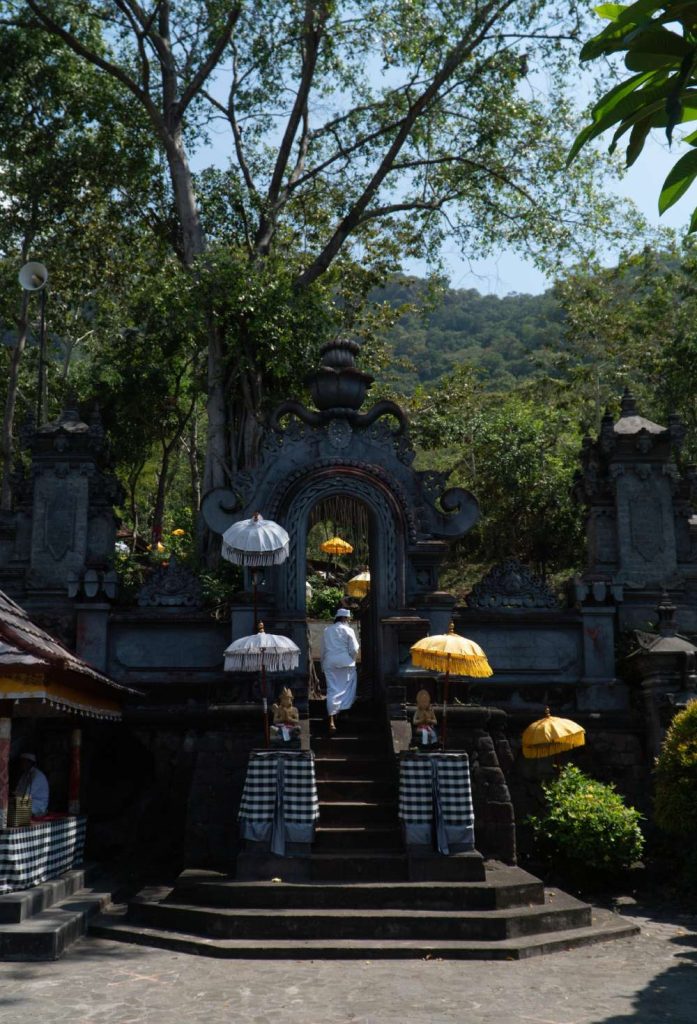
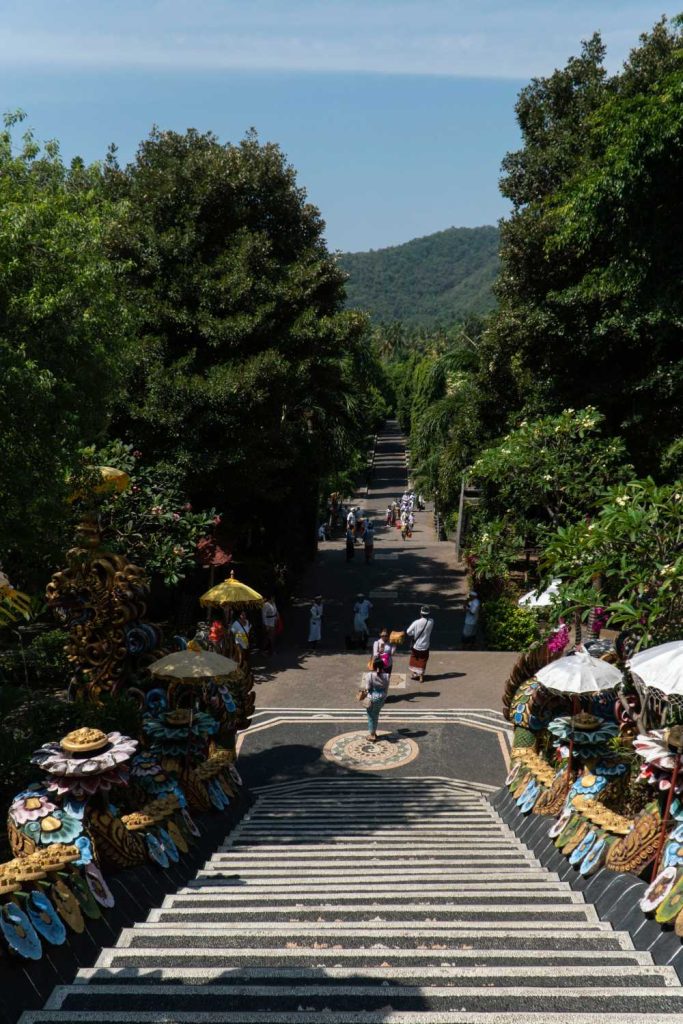
Thus, to the shock of the villagers, they vanished without a trace. Waiting in their immortal and invisible state.
Years later, Nirartha returned, but could not find his wife or daughter anywhere. He had thought that they had reached enlightenment, or moksa, and left again. He would later achieve enlightenment on the tip of Bali: Pura Luhur Uluwatu.
In true Romeo and Juliet fashion, seeing that her husband had gone, Mpu Alaki too would leave this world. She achieved enlightenment on the northern shore, where Pulaki Temple now stands in her name. As for Ida Ayu Swabawa, she is now revered at Pura Melanting as ‘Ida Bhatari Melanting’, where traders, business people and merchants all go for her blessings and pray for prosperity and success.






